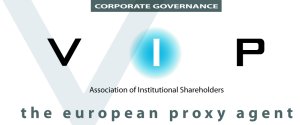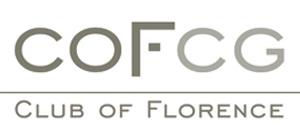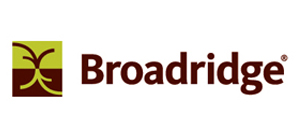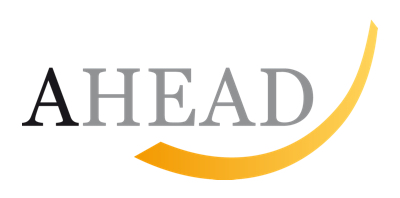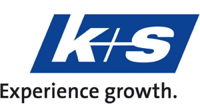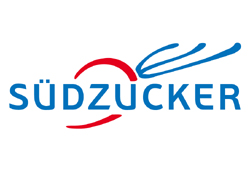The German Mittelstand

Underestimating the risk factor in small- to mid-size industry bonds
The bond market for small- to mid-size industry is in continual growth. With the now famous “German Mittelstand” seal of quality, also known abroad, 145 titles have been issued over the last three years for 127 companies and a volume of no less than 5.6 thousand million Euros. This was the finding of the Scope Ratings solvability auditor a few weeks ago. A number of bond issuers and capital market consultants are specialising in this lucrative trade. Frankfurt and Düsseldorf are following in the wake of Stuttgart as are a number of regional bourses, creating a niche in the market for these specific bonds. Often, though, quality does not go hand in glove with quantity, as investors are beginning to learn from bitter experience.
Wind farm specialist Windreich, online trader Getgoods, FFK the refuse disposal company, and recently, also HKW Personalkonzepte, were all forced into declaring bankruptcy. The German Mittelstand seal, a symbol of reliability and safety for creditors, is fast becoming a failure in every sense of the word. Scope Ratings points out that these are not isolated cases. In 2010, there were 14 instances of bankruptcy among small- to mid-size companies who had placed 16 bonds for a total of 650 million Euros. In terms of total volume, experts reckon the default rate to be 11.6 percent, meaning that on average only 88% of invested capital has been repaid to investors.
This state of affairs turns particularly bleak when viewed in a European context. Standard & Poor declared the default rate in 2012 for high-yield European bonds to be 2.2 percent. High-yield bonds are being increasingly viewed as junk, which does nothing to flatter the German pendant.
Those who issue bonds reserved for small- to mid-size companies are, however, only a small part of the sphere known as German Mittelstand and it would be wrong to tar the whole with the same brush. Instead, investors should realise that yield rates several hundred points higher than for comparable state bonds have a down-side, namely a vastly greater risk.

